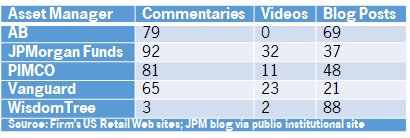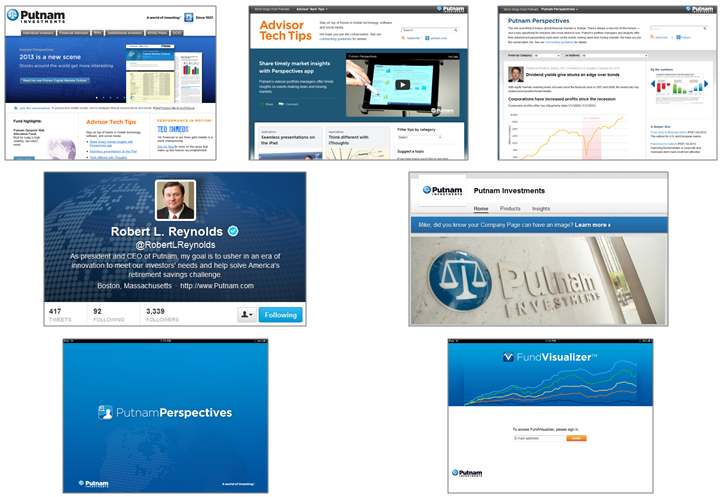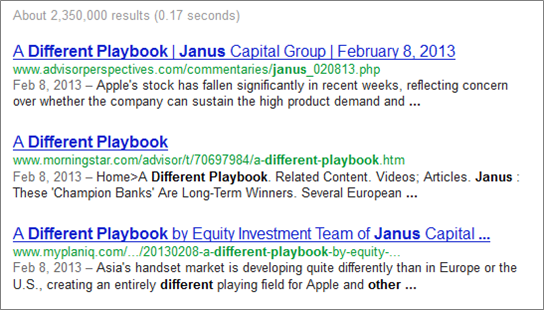Three (Industry-Relevant) Marketing Trends for 2017
Predictions are an interest of mine and of course this time of year there are predictions everywhere about everything. Over the past few weeks I’ve digested more articles about marketing trends than I care to admit. The writing tends to be aggressive and the ideas are all over the place, ranging from better content to Snapchat to optimizing Web sites for Echo and Home voice-triggered searches.
Of course articles tailored to asset management are hard to come by. So after digesting all of these predictions, I thought to highlight the most common ones with potential (or ongoing) relevance to our industry. I ended up with three, so let’s count them down:
3. Mobile
Mobile remains important for well-known reasons, namely the continued growth of mobile Web traffic and search providers’ prioritization of mobile-friendly sites and results.
So what’s relevant for asset managers? Firms know the value of a responsive Web site. However, client-facing mobile apps have largely been a difficult obstacle. You can certainly count me as a skeptic as far as the opportunity to engage advisors and institutions via apps, especially when those apps typically do little but repackage information already available on the site.
But successful apps (outside the industry) deliver a better user experience and attract stickier usage than good Web sites. In addition, Google now offers app indexing. While I don’t think we’ll see any significant progress with client-facing apps in the near future, I do expect that they’ll remain a periodic topic of conversation with firms hoping to figure out a way to deploy them effectively.
2. Native Advertising
Ad blocking, increased competition on social media platforms and other factors are making it more challenging for traditional ads to get through and attract attention. Already a major factor with diverse execution methods, some project native advertising will make up nearly three-quarters of US ad revenue within five years.
So what’s relevant for asset managers? Developing compelling content and messaging has been an industry focal point for a while now. Marketing teams now find themselves at a point where creativity in promotion and placement is at least as important as creating the content / message itself.
Adoption of native advertising has been gradual within asset management. Given the intensity of the competition today, it seems that now is the time for it to accelerate.
1. Video
Ah, a topic that we’ve been talking about since the day Naissance began. The continued importance of video was a mainstay of almost every predictions piece I read. More content, more ads, more live streaming… all supported by an army of statistics on why video is so effective.
So what’s interesting for asset managers? I am actually a little stumped. On the one hand, video came up in no fewer than 5 client meetings last month. It’s on a lot of firms’ radars.
On the other hand I’ve already gone on record with why I think video isn’t done all that well across the industry. And if you exclude entertainment there’s still solid evidence that people prefer reading to watching.
Video ads certainly are an opportunity. But unless we see firms venture down the live streaming path or get creative in terms of presentation and format, this is one trend where I expect less interesting progress.














